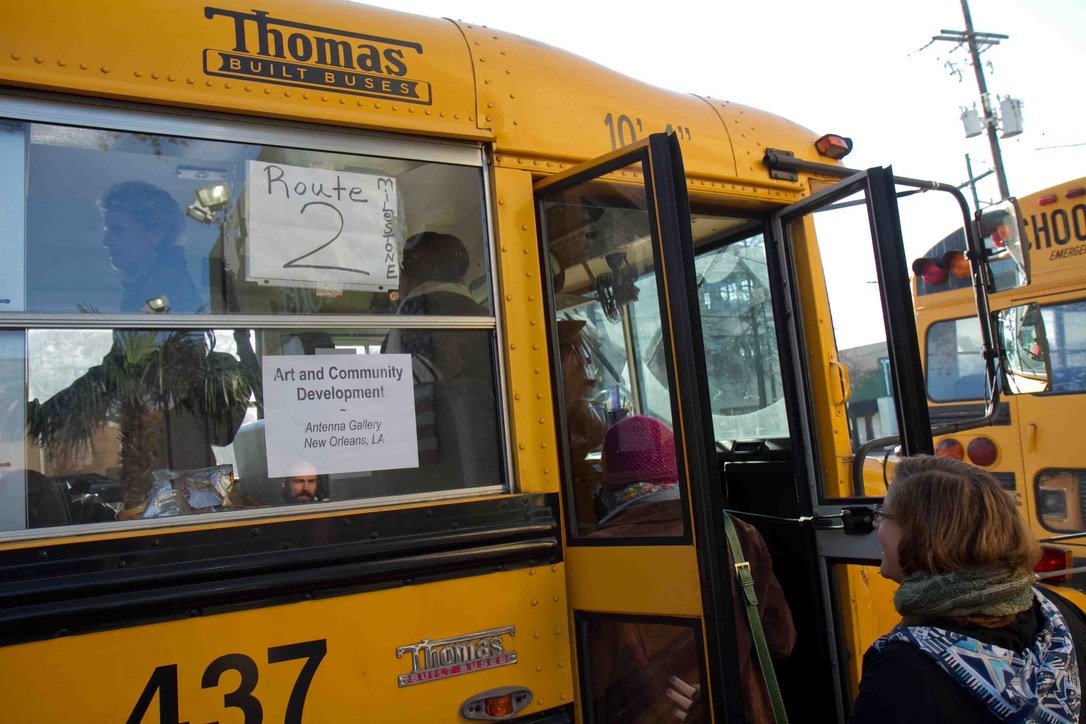Process
Approach
If we continue to make policies about housing using the same old processes and structures, we are doomed to dig ourselves even deeper into the entrenched problems we have today.
Our process begins with deep curiosity and deep listening. We tailor our work to the needs of our clients and collaborators. This process takes time, is iterative, and can often be non-linear. It is also rich with imagination, humor, beauty, snacks, and games that allow participants to bring their whole human selves to bear.
Photos by Michael Premo
Step by step
Phase 1: Relationship building
Deliberate and long-term relationship building allows time for trust to build and honest communication to blossom.
Photo by Jenny Graham
Phase 2: Develop new theater work
Develop new theater work in conversation with cross-sector partners, consulting closely with housing advocates and local stakeholders. The mutual learning between housing advocates and artists is essential in the pursuit of playfulness and radical imagination to shock people out of historical and incremental approaches to change. The art iterates in dialogue with partners, moving towards a deeper understanding of systemic inequity, the need for transformation, and pathways to a beautiful future.
Photo by Michael Premo
Phase 3: Mutual learning and exhange
Mutual learning and exchange allows advocates to grow in understanding and comfort with arts-based facilitation and meeting methods, while the artists grow in their understanding of policy structures, theories, histories, and contemporary movements for change. Experiencing mutual benefits is a significant precondition for future work that requires risk taking; working in ways that are unfamiliar, maybe even uncomfortable, and productively disruptive.
Phase 4: Performances
Performances, both virtual and in-person where we ask audience participants to hold space for a dynamic tension between silliness and seriousness. Believing that you must get unsettled to get unstuck, audiences are guided into the edges of what might feel uncomfortable. From this edge, we collectively imagine a more beautiful future.
Photo by Angel Origgi
Phase 5: Reflection and learning
Post-performance and partnership follow-up accommodates reflection and learning. A post-performance follow-up is an integral part of our practice so we can reflect on various realms of impact. We strive for routine reflection on what happened, what was learned, and how that impacts future practice.
Photo by Angel Origgi








